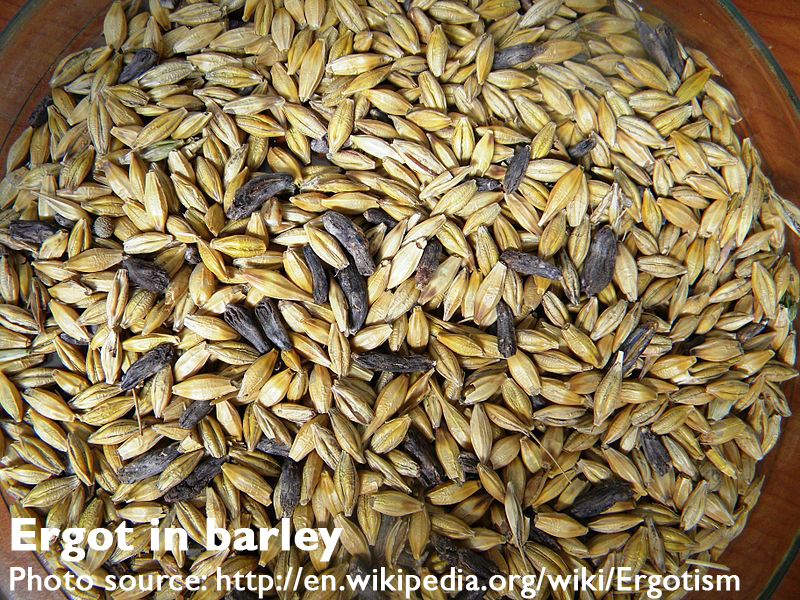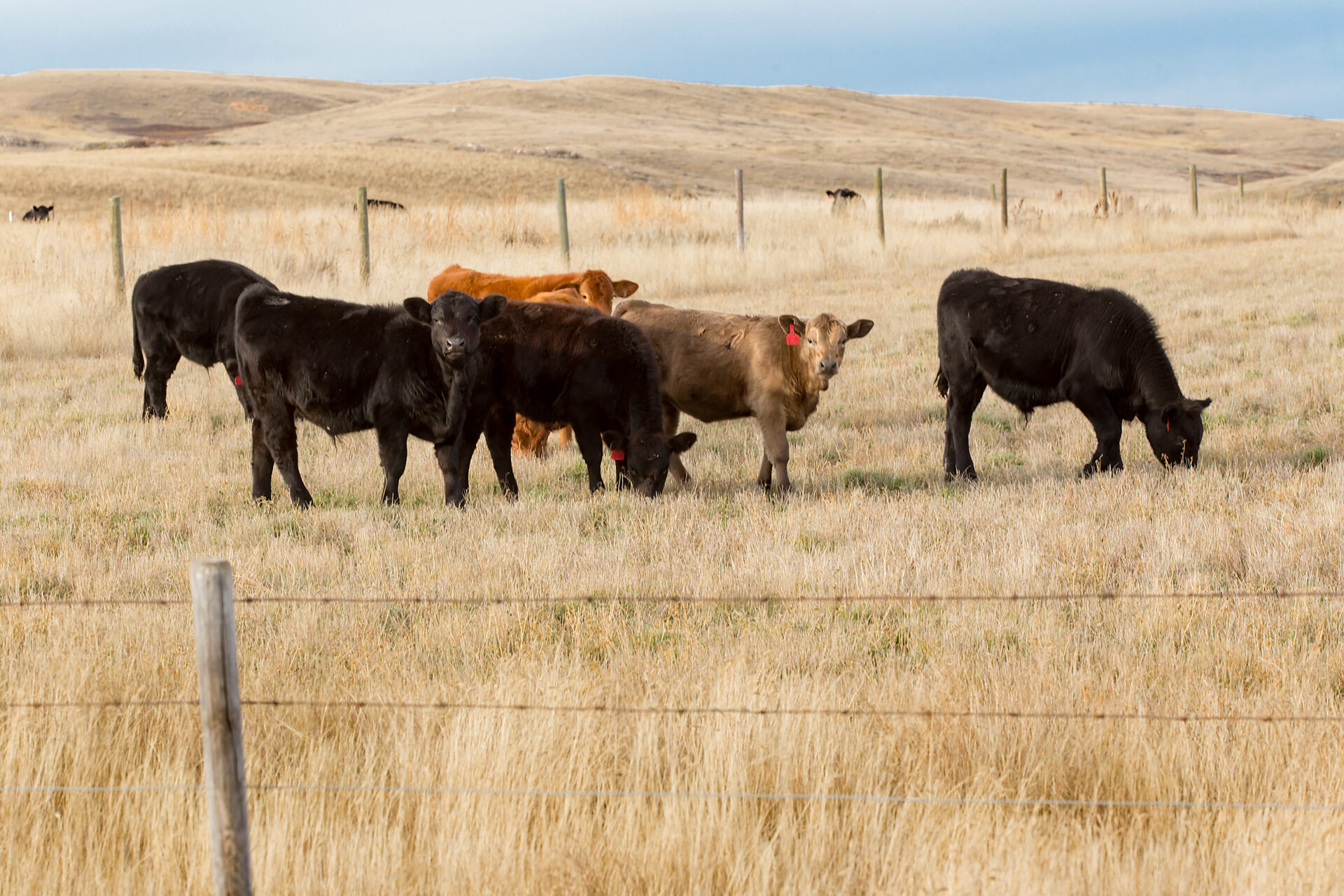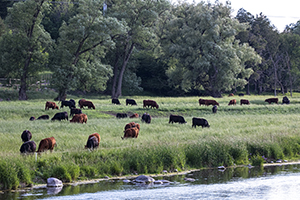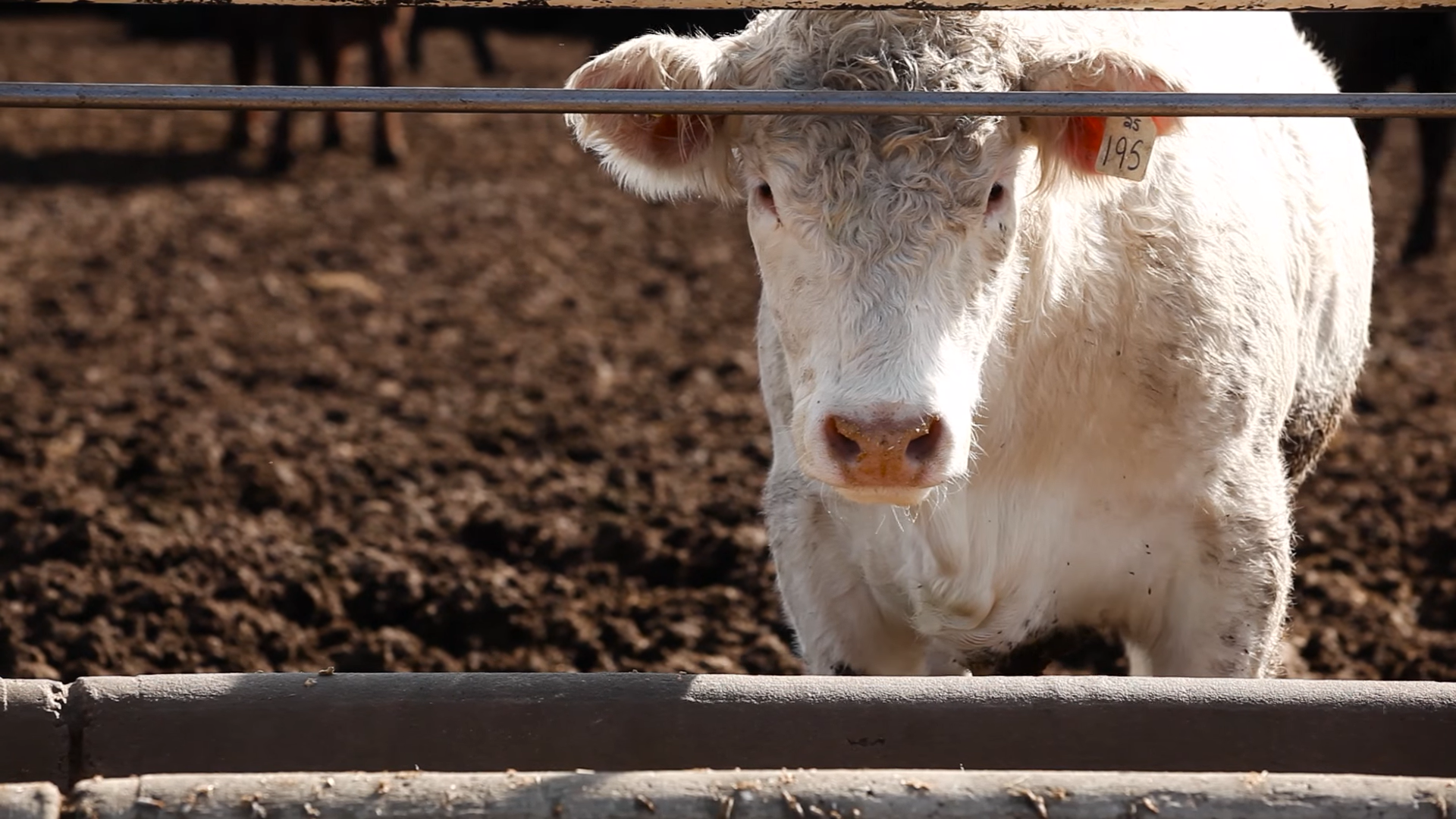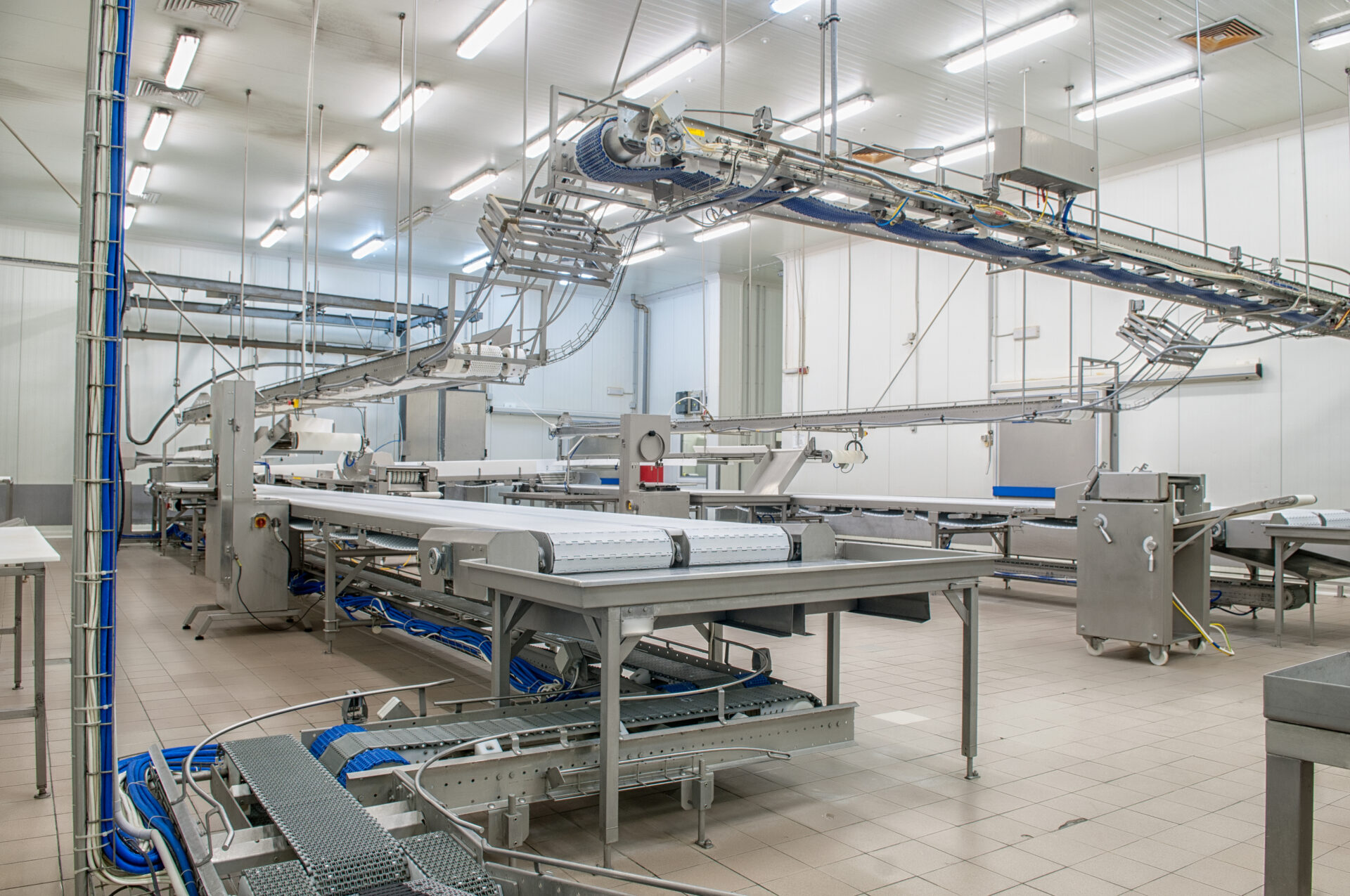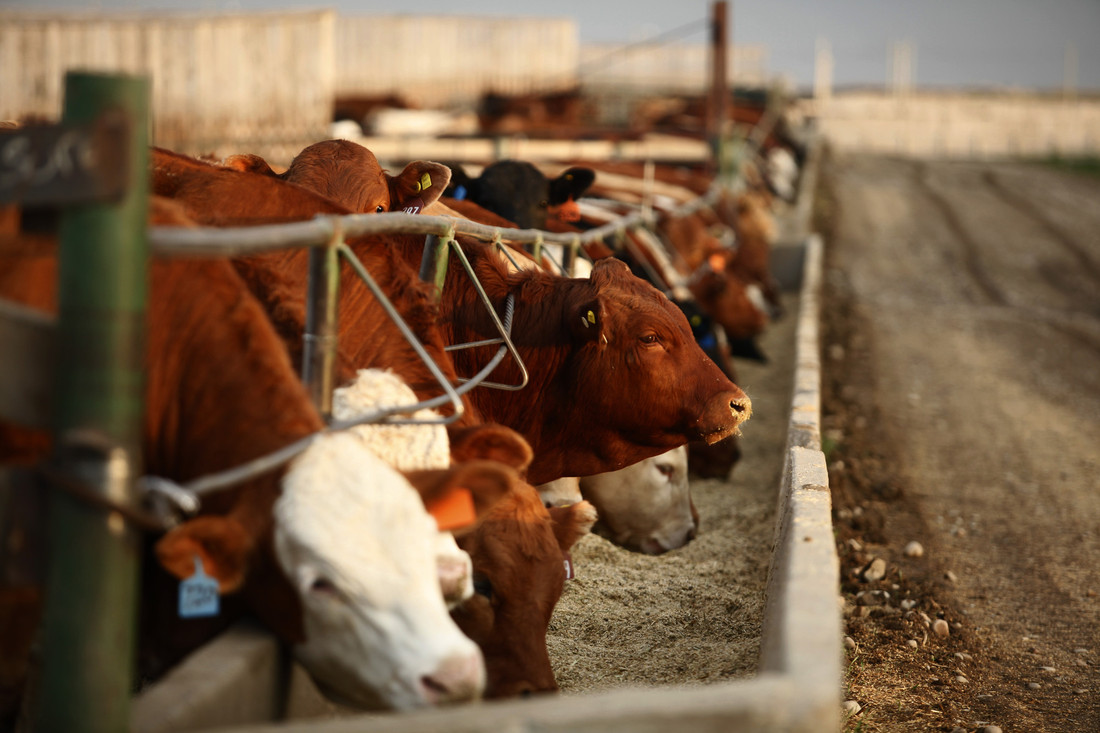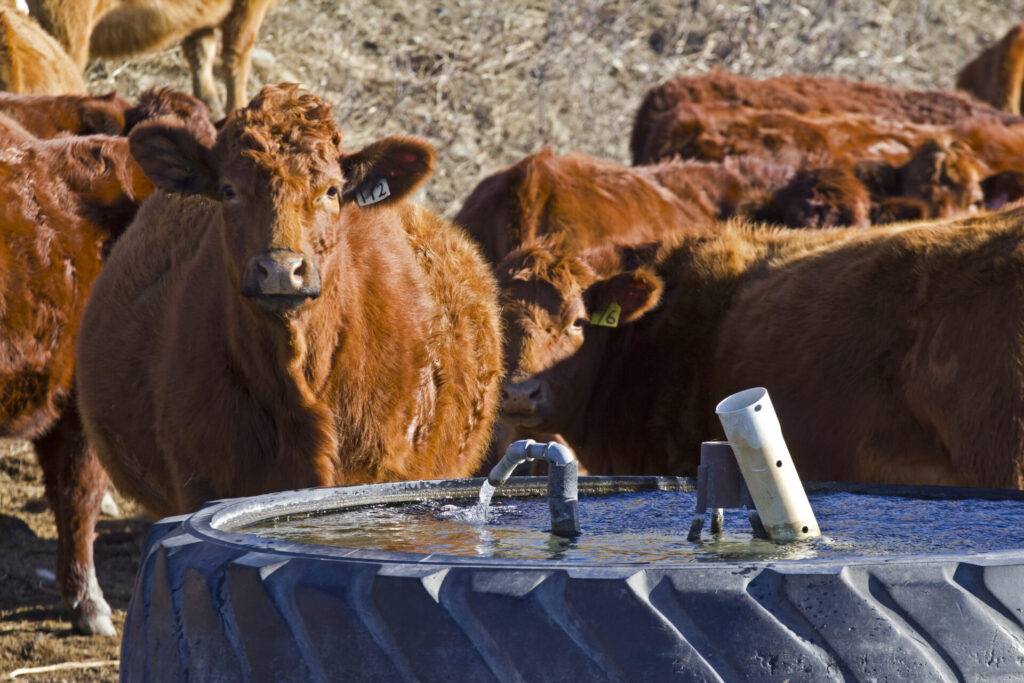The Results Are In on Beef Cattle Research Projects
The Beef Cattle Research Council (BCRC) funds a variety of research projects on animal health and welfare, environmental sustainability, forage and grasslands, feed efficiency, food safety, beef quality and more. This post is part of an ongoing series highlighting recent research results. Find the BCRC’s entire catalog of research summaries under “For Producers” in the navigation.
Can we safely feed ergot-contaminated feed?
Even very low levels of ergot can impair intake, performance and carcass quality. While feed processing like pelleting does not reduce ergot toxicity, the mycotoxin binder showed promising preliminary results in an artificial rumen study in curbing the negative production factors.
Are calves already showing signs of antimicrobial resistance before entering the feedlot?
At feedlot entry, fewer than 2% of calves were carrying resistance to one or more antibiotic in any of the major Bovine Respiratory Disease (BRD) pathogens (Mannheimia haemolytica, Pasteurella multocida or Histophilus somni). BRD-associated viruses were virtually zero among calves well-vaccinated herds.
Are grazing cattle negatively impacting watersheds?
Currently used models appear to overestimate manure run-off in pasture watersheds. Watershed impacts are regional, but in general:
- Phosphorus levels in the soil have more effects on watersheds than manure.
- Vegetation is usually the highest contributor to nitrogen export.
- Grazing is not the major contributor of nutrient export from grasslands.
Can yeast replace in-feed antibiotics?
Neither live or heat-killed yeast were shown to benefit gut health, animal performance or grading data in finishing diets that already contained monensin and/or Tylosin. However, when comparing yeast types, it appears that live yeast may be better for rumen health than heat-killed yeast.
What can we learn about biofilms to prevent them in meat processing facilities?
STEC biofilms were more likely to form on food contact surfaces at 25°C compared to 10°C. Biofilms form more easily on thermoplastic polyurethane (TPU) than on stainless steel. Near-infrared spectroscopy (NIR) can help detect biofilms on TPU surfaces. Some sanitizers remove biofilms much more effectively than others, but regardless of product, scrubbing the surface beforehand improves their effectiveness.
How is antimicrobial resistance and BRD transmitted through the feedlot?
Respiratory disease and antibiotic resistance can develop within individual cattle one at a time, but the contagious spread of resistant BRD pathogens from animal to animal is primarily responsible for the widespread BRD early in the feeding period.
Can we increase calf marbling by upping vitamin A in the diets of pregnant cows?
Supplementing vitamin A above recommended levels to pregnant cows in late gestation can increase the marbling and marbling potential in calves from early life to slaughter without depositing fat elsewhere on the carcass. No differences in dam or calf performance were observed besides marbling. However, there was no significant difference in grade.
Sharing or reprinting BCRC posts is welcome and encouraged. Please credit the Beef Cattle Research Council, provide the website address, www.BeefResearch.ca, and let us know you have chosen to share the article by emailing us at [email protected].
Your questions, comments and suggestions are welcome. Contact us directly or spark a public discussion by posting your thoughts below.
